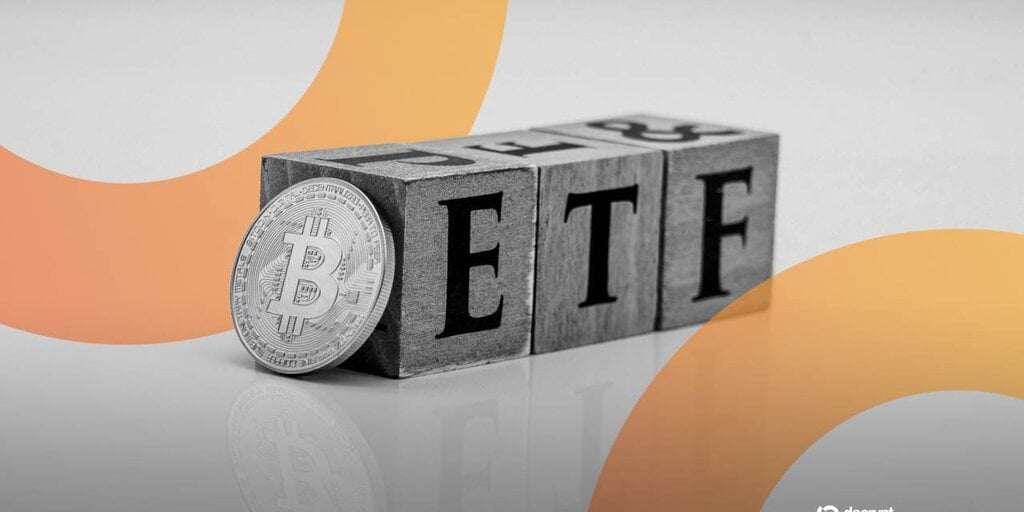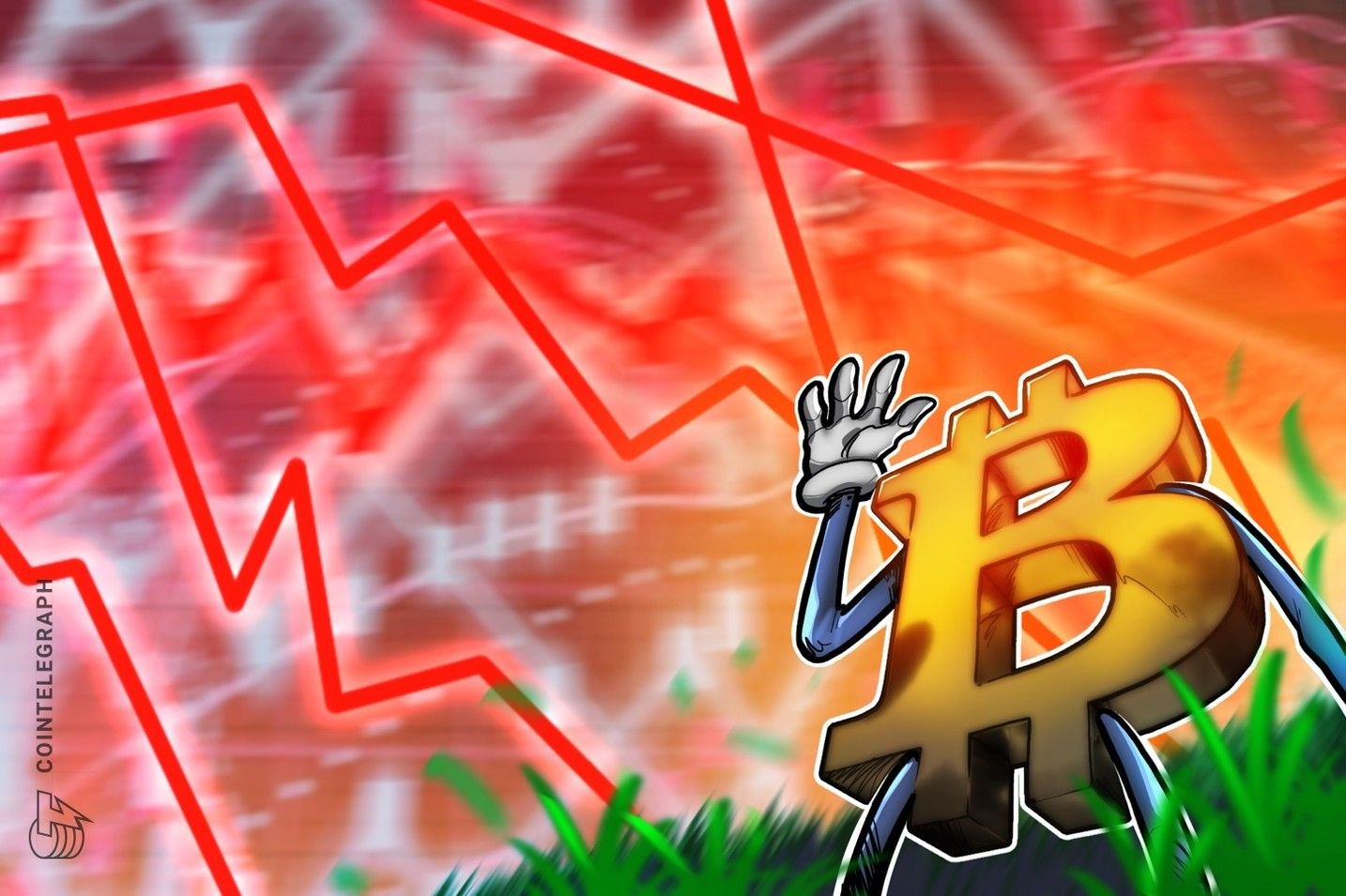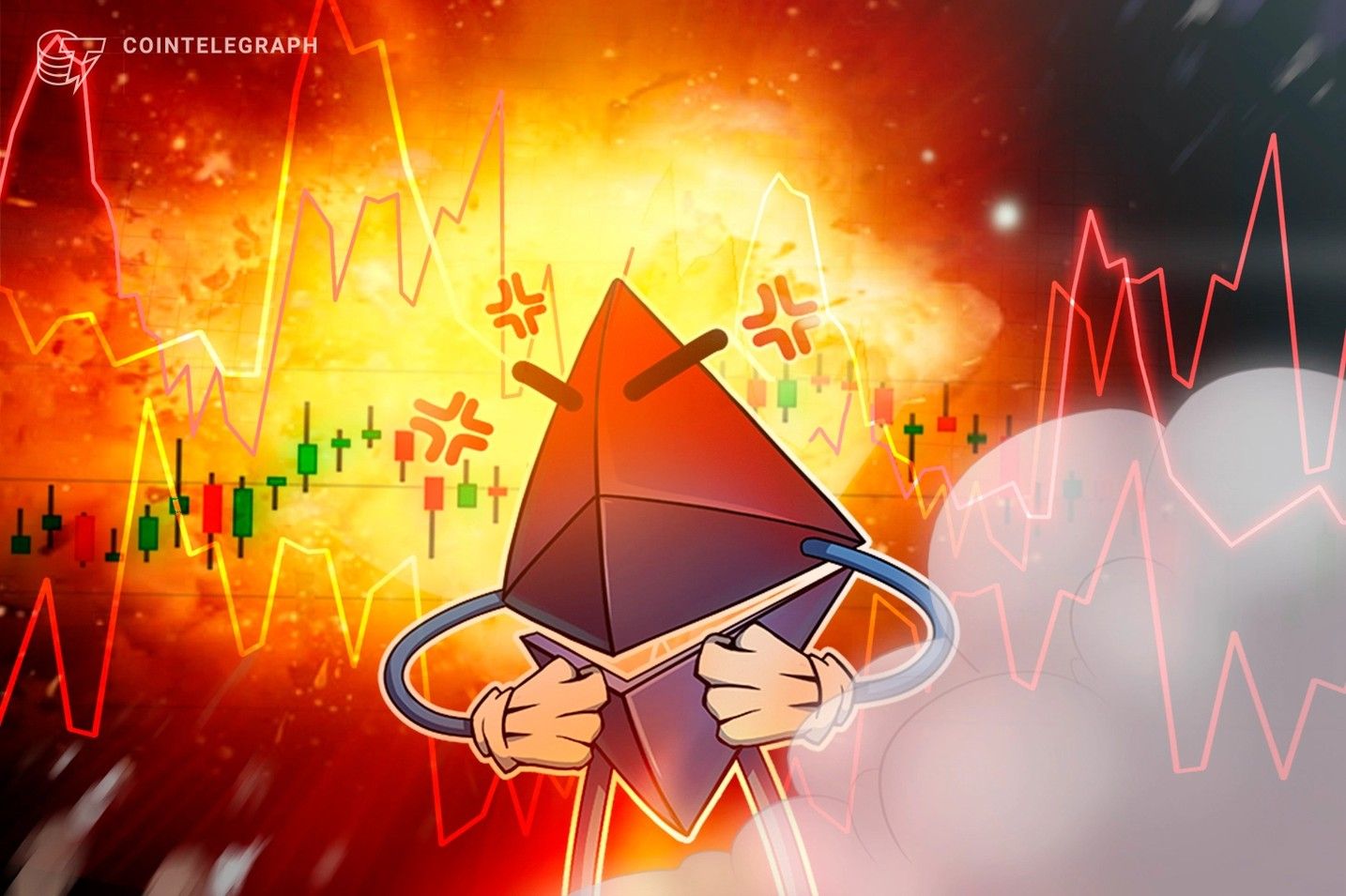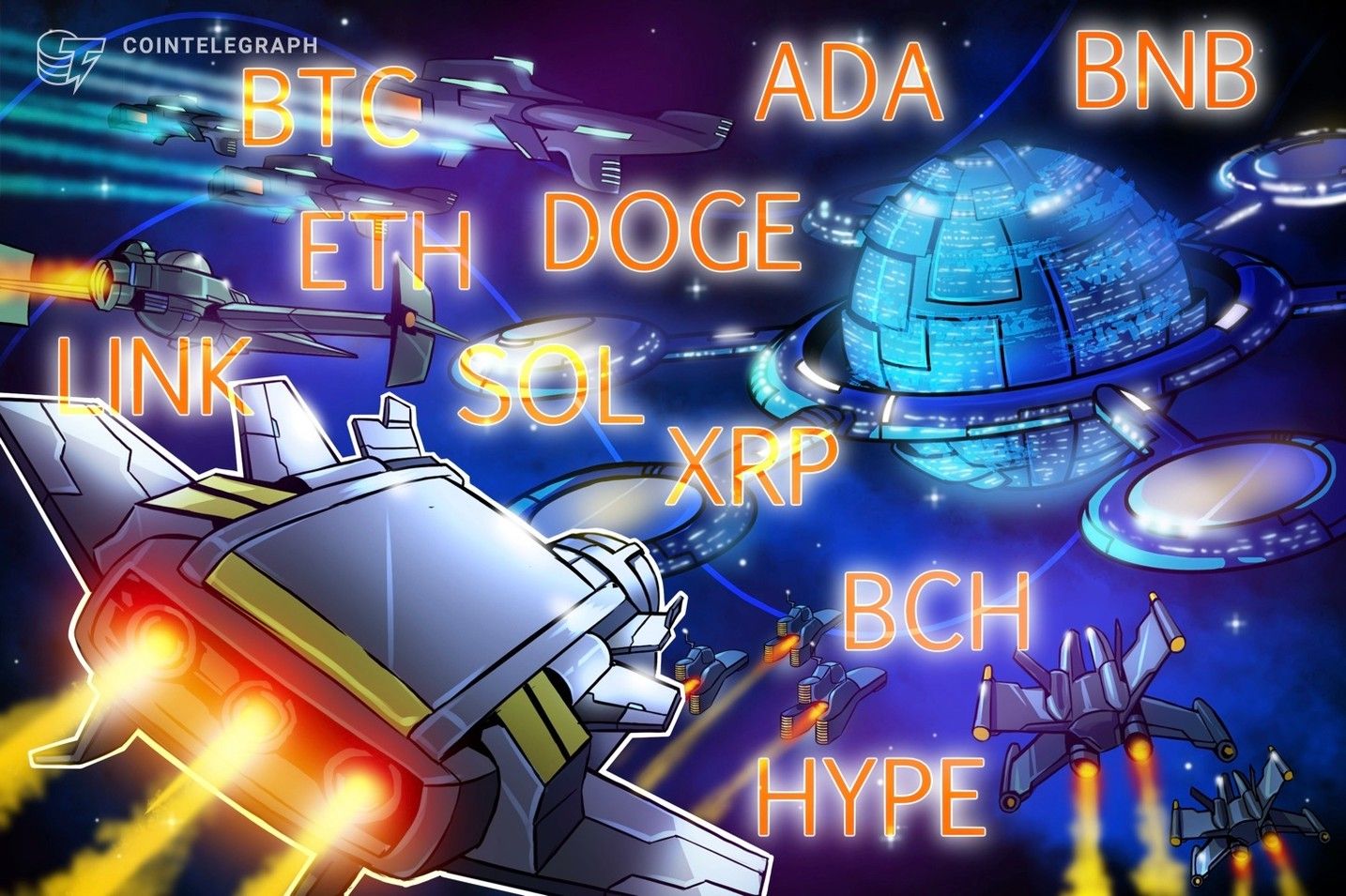Galaxy, Jump and Multicoin To Raise $1 Billion For Solana
The news about Galaxy Digital, Jump Trading, and Multicoin Capital preparing to raise a billion dollars for Solana is striking, not just because of the size of the number but because of what it signals. If the plan moves forward, it would amount to about seven percent of Solana’s current market cap, which is large enough to move prices meaningfully and reset how traders think about liquidity in the Solana ecosystem. There is some skepticism, but also clear excitement, and bots are quickly adjusting for a possible rally. That mix of disbelief and positioning is often the first sign that institutions are about to change the pace of a market.
Logic Behind Solana Investment
What makes this different from retail-driven hype is the institutional logic behind it. Staking yields on Solana are still attractive, around six to eight percent, which is a better pickup than traditional fixed income. Pair that with the scale of developer activity. There are new DeFi projects, NFT launches, and a steady stream of Ememe token experiments. You can see why funds would look at Solana as more than just a trade. They’re betting on a network that’s showing resilience and utility, not just a short-term pump. When larger investors commit capital, they usually want both yield and growth, and Solana currently offers both.
Meme Tokens Boost Solana Ecosystem Activity
The Ememe token shouldn’t be overlooked. Tokens like BONK and DOGWIFHAT, and even newer entrants, have proven that fast settlement times and low fees create a breeding ground for viral trading activity. A higher SOL price would ripple through the Solana ecosystem by raising fees slightly but, more importantly, increasing valuations across these meme projects. That, in turn, fuels liquidity and gives the community reason to keep experimenting. Institutions know that even speculative layers can sustain real volume, which matters for network economics.
Global Precedent For Solana Investments
We’ve seen firms like SOL Strategies in Canada filing for billion-dollar shelf offerings focused purely on Solana, and DeFi Development Corp moving into liquid staking tokens. Outside the US, sovereign entities in Asia and corporate treasuries in Europe have already been adding SOL alongside Bitcoin. So Galaxy, Jump, and Multicoin aren’t acting in a vacuum. They’re lining up with a broader trend of single-chain bets that go beyond Ethereum.
Risks Of Large-Scale Accumulation
A billion-dollar block buy is likely to slip on price or invite frontrunning, and regulators will take notice if it’s structured poorly. Overheating in the Ememe token space could also backfire if congestion or exploits damage confidence. But the direction of travel is clear. Institutions are circling Solana with more conviction than before, and they’re doing it in a way that links staking yields, ecosystem growth, and community reaction.
If the filings get approved, it would be one of the biggest bets ever placed on a crypto project outside of Bitcoin. It could kick off a new wave of developers joining the ecosystem. Eventually, it will release fresh token launches and higher trading volumes. Put simply, Solana looks like it’s edging toward becoming the place where big institutional money and everyday retail speculation collide.
Disclaimer: The content of this article solely reflects the author's opinion and does not represent the platform in any capacity. This article is not intended to serve as a reference for making investment decisions.
You may also like
The wave of cryptocurrency liquidations continues! US Bitcoin ETFs see second highest single-day outflow in history
Due to the reassessment of Federal Reserve rate cut expectations and the fading rebound in U.S. stocks, liquidations in the crypto market continue, with significant outflows from ETF funds and options traders increasing bets on volatility. Institutions have warned that bitcoin has weak technical support above $90,000.

Bitcoin bull run ‘might actually be over’ as Wyckoff pattern points to $86K

ETH long-term holders dump 45K Ether per day: Is a price drop to $2.5K next?

Price predictions 11/14: BTC, ETH, XRP, BNB, SOL, DOGE, ADA, HYPE, LINK, BCH

